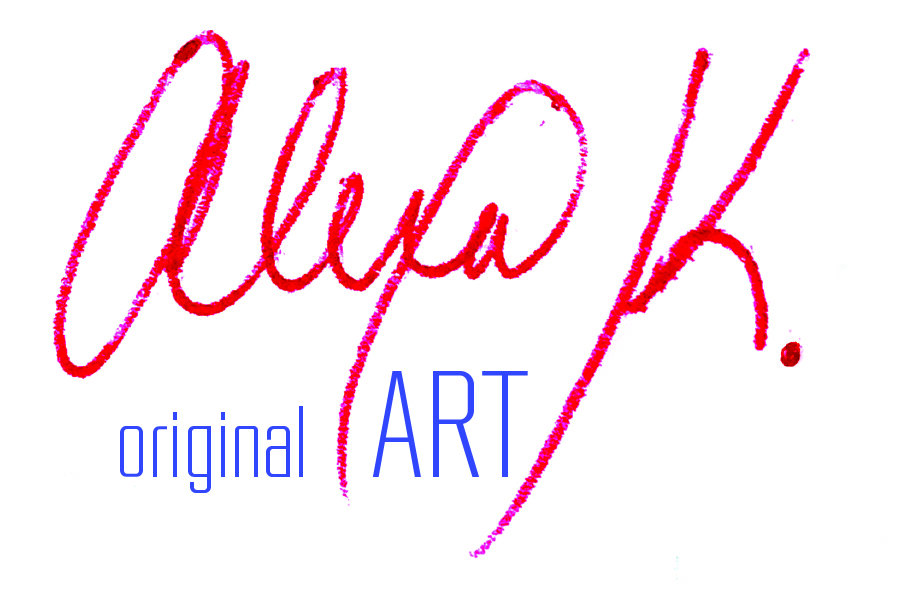The Truth About Art Fairs: A Behind-the-Scenes Look
The allure of art fairs often captivates emerging artists and art enthusiasts, drawing them into a fantasy of glamorous booths, eager buyers, and instant success. Yet, the reality of participating in an art fair is far more grueling and complex, as I recently reflected upon overhearing a young artist’s frustrations on their first day at an art fair. If you’re an emerging artist or someone who fantasizes about diving into the art fair scene, it’s crucial to understand the real challenges behind the charm.
Setting Up: A Workout in Disguise
Imagine this: you’re setting up your booth, and it feels more like a rigorous workout than an artistic endeavor. Carrying heavy walls, loading bins of artwork, setting up a tent, and navigating stressful driving situations are just the beginning. The physical demands are significant, and being in good shape is almost a necessity. I learned this the hard way, especially after having kids. It was only through dedicating an hour a day to the gym that I could handle the physical strain of art fairs.
Even then, the unexpected happens. Cars get scratched, art pieces break, displays fall apart, and tents can even be swept away by the wind. Each show is a test of your resilience and adaptability.
Many people mistakenly believe doing art fairs would be a fun retirement activity. The truth is, they are hard work—often harder than many traditional jobs. The physical effort alone can be overwhelming, especially if you’re doing it solo. At busy fairs, you might not get a chance to eat or use the restroom. Having a second person to assist is invaluable, but it also means impacting another person’s life.
Financial Rollercoaster
The financial aspect of art fairs is unpredictable. Some shows, especially early in your venture as an art fair artist, might not turn a profit, let alone cover booth fees and expenses. Despite pouring your heart and soul into your work, there will be times when sales are dismal. However, with dedication and continuous improvement, amazing shows do happen. But even successful shows rarely compensate for the extensive preparation and creation time.
The harsh truth is that art fairs are expensive. Booth fees, travel expenses, not to mention all of the material costs, website maintenance, and marketing expenses add up quickly. Over the last 15 years, the disparity between rising participation costs and declining revenues has widened. It’s an ongoing struggle to balance the financials.
Emotional Toll
Art fairs are not just physically and financially demanding—they take an emotional toll too. Despite your passion and dedication, you will encounter criticism and indifference. Hearing negative comments about your work can be disheartening, and those words often linger in your mind.
Family and Support
Balancing art fairs with family responsibilities adds another layer of complexity. Coordinating childcare or pet care often involves significant costs and big favors. This constant juggling act can be exhausting and stressful.
The Reality of Sales
There is a misconception that artists sell out of everything in their booth. In reality, it’s rare. Even for seasoned artists, making a sustainable income solely from art fairs is challenging due to unpredictable factors like weather, the economy, and public mood. The key is to research and choose well-attended shows, avoiding first-year fairs. Starting with shows with low registration fees can help you understand what sells before committing to bigger, more expensive fairs.
Why We Keep Going
Given all these challenges, you might wonder why artists continue participating in art fairs. For many, including myself, it’s an obsession. Art isn’t just a job or a hobby; it’s a passion that consumes us. The fairs offer a platform to justify our obsession, allowing us to create and share more art.
In conclusion, my intention is not to dissuade you but to offer a realistic perspective. Art fairs are demanding, both physically and emotionally. They require perseverance, resilience, and an unwavering passion for art. If you’re considering this path, be prepared for the hard work and challenges, but also know that the rewards, though often intangible, can be deeply fulfilling.

